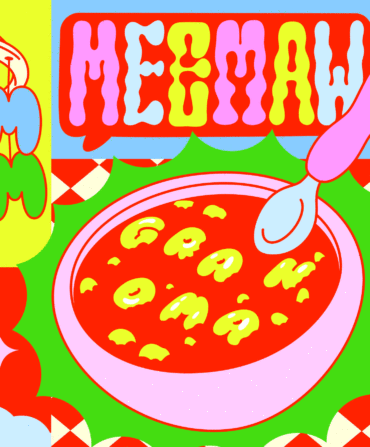In the early sixties, Willie Nelson was a down-and-out musician trying to feed his family by stringing together gigs in Fort Worth, Texas, and Nashville, Tennessee. The week before Christmas, Nelson saw a man with no legs sitting on a cart in front of Leonard’s Department Store in Fort Worth selling wrapping paper and ribbons. Unable to forget the sight, he wrote the song “Pretty Paper,” in 1963. When Roy Orbison recorded it that year, it became a hit. Nelson later recorded the song himself:
Pretty paper, pretty ribbons of blue.
Crowded street, busy feet hustle by him.
Downtown shoppers, Christmas is nigh.
There he sits all alone on the sidewalk,
Hoping that you won’t pass him by.
Nelson always wondered what would have happened if he stopped to talk to the man. Over the decades, he couldn’t shake the feeling that there was more to the story. With a holiday book, Pretty Paper: A Christmas Tale, Nelson and co-writer David Ritz—who also lent a hand in Nelson’s recent biography, It’s a Long Story: My Life—imagine the rest.
“I’ve tried writing this as a song,” Nelson shares in the book, “’cause songs are the easiest things for me to write. But a song can only say so much.” To say more—across nineteen chapters—he delves into the imagined life of “Vernon Clay,” a musician with a physical handicap who leaves behind a diary full of tragic tales, honky-tonks, and songwriting inspiration for the struggling “Red Headed Stranger.” The book not only chronicles the story of the humble man selling paper, but it provides a glimpse into Nelson’s mindset during the earliest years of his musical career.
The uplifting story is a heartwarming holiday tale about harmony, family, and second chances. It’s every bit as charming as the song:
Should you stop, better not, much too busy,
You’re in a hurry—my how time does fly.
In the distance the ringing of laughter
And in the midst of the laughter he cries,
Pretty paper, pretty ribbons of blue,
Wrap your presents to your darling from you.








